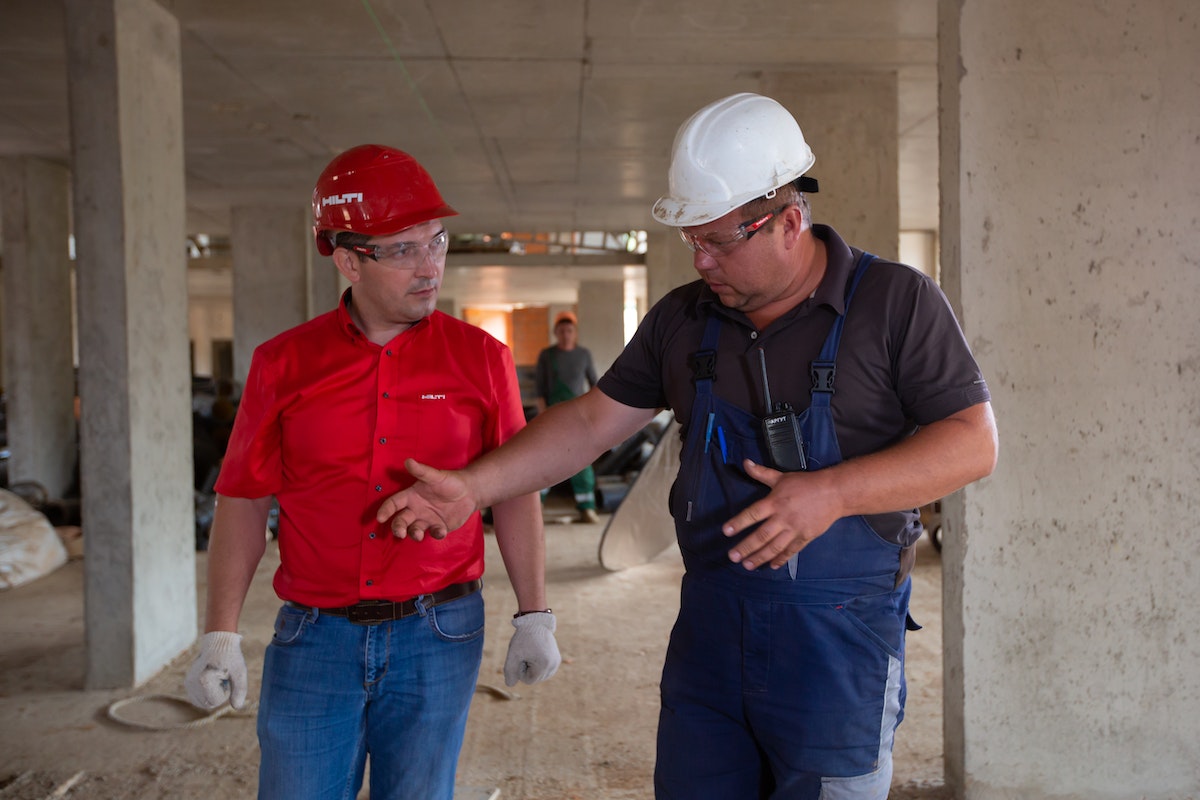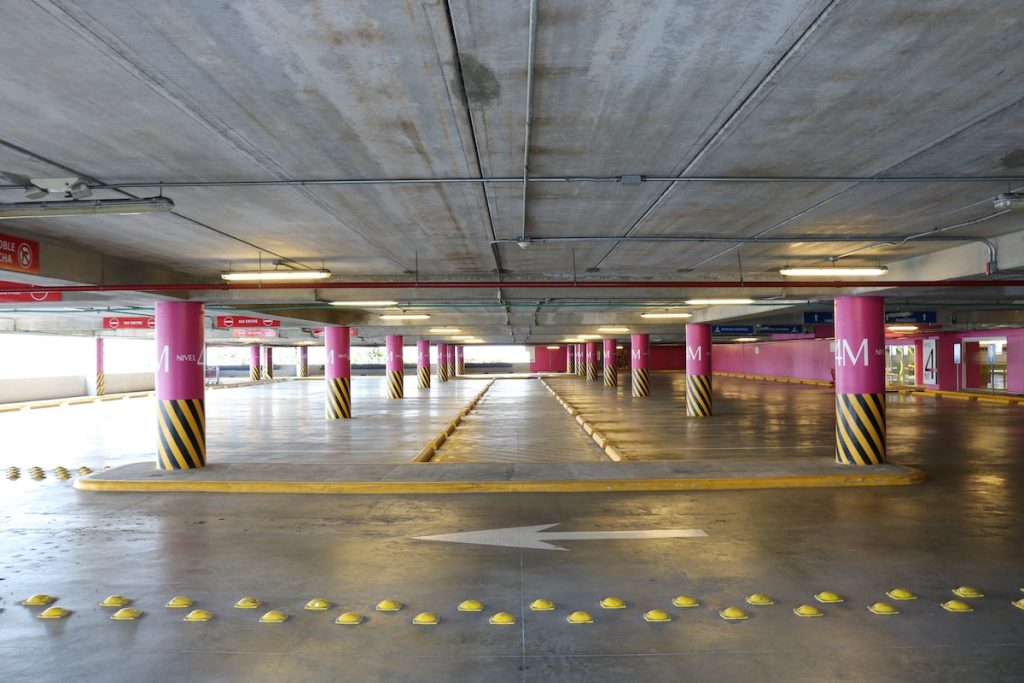- Analyze the area’s demands to create an adequate parking lot, including permits, zoning restrictions, and other documents.
- Get the right partners to assist with design and construction best practices.
- To meet local regulations, consider installing additional features such as lighting, speed bumps, security cameras, and road markings.
- Adequate parking spaces can reduce traffic congestion, crime rates, and air quality while providing convenience and cost savings.
Urban areas are growing rapidly, and the need for increased parking comes with this. Parking lots are essential in providing a place for people to quickly and safely park their cars. They can also offer convenience and cost savings to businesses and communities.
Parking lots are essential to urban infrastructure, providing adequate parking for citizens, businesses, and visitors. A survey by the International Parking Institute found that an estimated 77 percent of drivers in urban areas prefer on-street or off-street parking over public transportation. This is because they find it more convenient and more accessible to access when compared to public transport options.
In addition, studies have shown that having ample parking in local neighborhoods can improve safety by reducing traffic congestion, crime rates, and air quality. In one study of urban areas with vast parking spaces, crime rates were 13 percent lower than those without sufficient parking availability. Moreover, ample parking may reduce residents’ living costs by providing them a safe space to park their vehicles close to home instead of incurring extra charges from long-distance street or garage parking.
You might benefit from converting an area into a parking lot as it can increase your business’s revenue, reduce crime rates, and improve air quality. However, there are specific considerations that you should take into account.
Analyze the Area’s Demands

It would be best first to analyze the area’s demands to create an efficient and effective parking lot. Consider the number of cars that need to be parked in the lot or whether certain areas require additional attention, such as electric vehicle charging stations or wheelchair-accessible spaces.
You should also evaluate the area’s regulations and laws, including permits, zoning restrictions, and other related documents, to ensure compliance with local ordinances. Additionally, consider environmental factors such as drainage systems and potential water hazards that can affect operations cost-effectively.
If you have invested in the area, conducting traffic studies to determine the best location for your lot may be beneficial. These surveys will help you find out how many people are likely to use the facility and where they will access it from, ensuring you can better plan how to design your parking space.
Get the Right Partners

You will need the right partners to help you develop your parking lot. This could include professionals who can advise on design and construction best practices. You may need to hire a contractor or subcontractor specializing in this type of work. Here are a few of them:
General Contractors
These professionals can handle any construction project, from laying down asphalt to installing parking meters. They will be able to provide advice on the best materials, equipment, and methods to use when converting your area into a parking lot.
Civil Engineers
These professionals specialize in designing and constructing large-scale civil engineering projects such as roads, bridges, dams, waterworks, and parking lots. They will be able to help you determine the most efficient and cost-effective way to design your lot based on its topography.
Surveyors
Surveyors are needed to ensure that all measurements are accurate for construction work. Their services can save time and money as they will be able to identify any potential issues before construction begins.
Urban Planners
Urban planners usually oversee the development of urban areas and know zoning laws, environmental regulations, and economic trends. They can help you plan and meet all rules and directions if you convert an ample space into a parking lot.
Those partners can ensure construction for your parking lot is done correctly and efficiently to achieve the best outcome.
Nail the Design and Fixtures
The design of your parking lot should include the number and types of spaces, adequate drainage systems, and appropriate signage. It is also essential to consider installing additional features such as lighting for safety reasons, speed bumps to prevent recklessness when entering or exiting the lot, and security cameras to monitor activities.
Road markings will also be vital when it comes to the design of your lot. You should follow your area’s Road Traffic Signs and Markings Regulations for a valuable parking space. To address that, you can partner with a company that provides road marking products to help you comply with local laws.
Final Thoughts
Converting an area into a parking lot can provide convenience and cost savings to businesses, communities, and individuals. However, it is essential to consider the area’s demands, get the right partners for the job, and nail the design and fixtures before beginning any construction work. These steps will help you create an efficient and effective parking lot that meets all regulations while providing adequate vehicle space.

